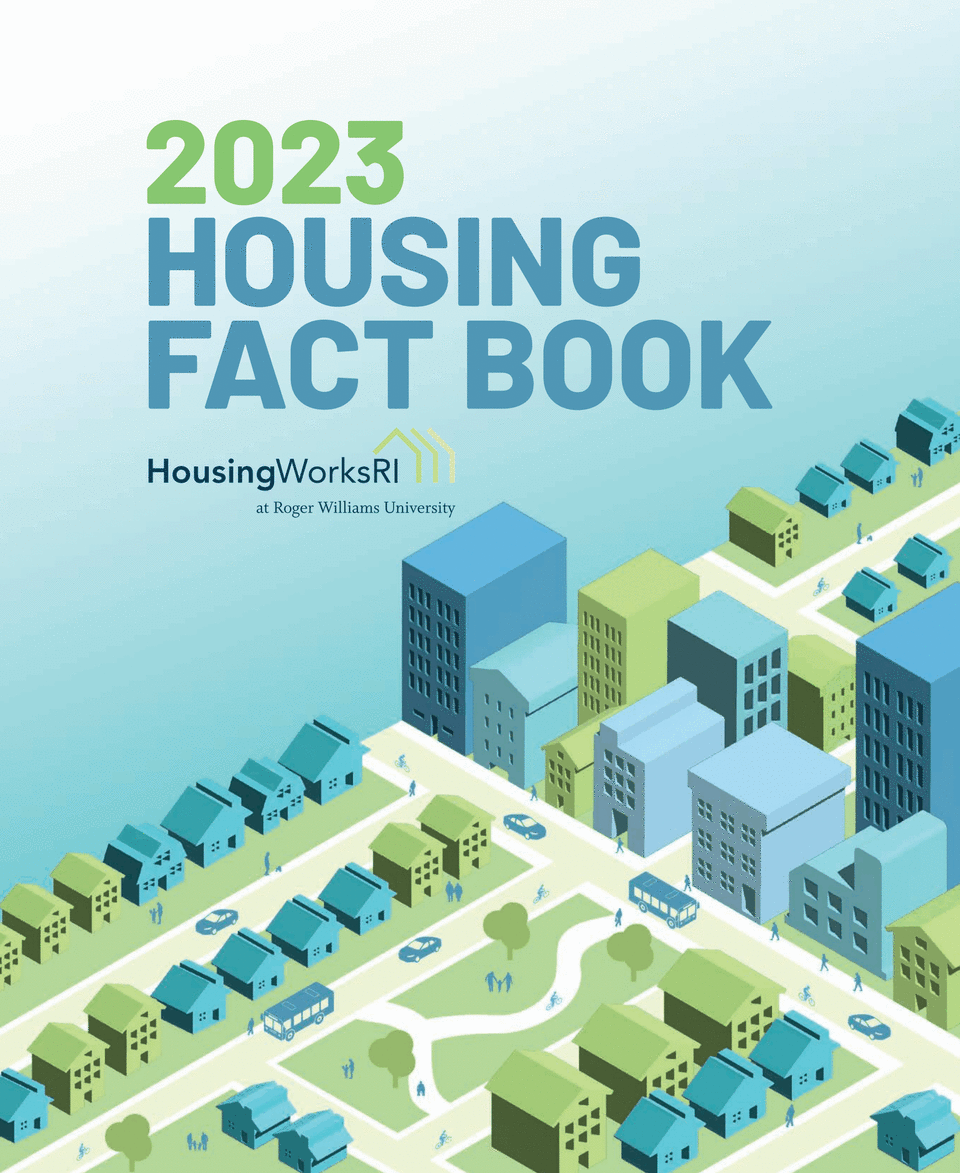How unaffordable is housing in Rhode Island? This report lays it out.
If you're renting, how much does it cost in Rhode Island? A lot, as rents keep rising.
According to the HousingWorksRI's 2023 Fact Book, released on Friday, the statewide average for a 2-bedroom apartment is $1,996, making at least one-third of Rhode Island households cost-burdened, defined as spending more than 30% of their income on rent.
That is just one of the findings about how expensive housing has become in the Ocean State, as few new homes are built, most communities still ban multi-family housing and the cheapest place to buy a house in Rhode Island, Central Falls (median single-family home price $273,000), population 22,464, saw only 13 sales in 2022. Compare that to the next cheapest place to buy a house in 2022, Woonsocket ($325,000), population 43,118, with 241 sales.
What does it mean to be housing cost-burdened, and why is it important?
Being cost-burdened, or housing cost-burdened, means a household spends more than 30% of its income on housing costs. More than a third of Rhode Island households are cost-burdened, according to the Fact Book.
Being cost-burdened means households often do not have enough money left over to pay for all their other needs, aside from housing, like food, clothes, health care and transportation. It also leaves households vulnerable to displacement through foreclosure or eviction, according to the federal Centers for Disease Control and Prevention.
More: Are you in the middle class in Rhode Island? Here's the minimum income for a family in RI.
Households that owned their own homes had a median income of $100,000 in 2022, putting them, with utilities included, at a max monthly spend of $2,500, an amount that has been "historically" enough to own a home in many Rhode Island communities.
With the precipitous rise in prices since the pandemic, that is not enough to buy a house anywhere but Central Falls, a city that has almost no single-family housing stock.
Although the Fact Book does not account for the rise in interest rates, combined with higher mortgage rates, they have put a major squeeze on would-be homebuyers.
A $450,000 mortgage at 7.5% would cost $3,146 a month, requiring a yearly income of $125,840 to not be cost-burdened, a calculation that excludes utility costs, private mortgage insurance and taxes.
Rents keep rising
With the average rent for a 2-bedroom apartment reaching nearly $2,000, according to the RI Housing's annual rent survey, a household needs to make $80,000 to not be cost-burdened.
The cost estimates vary depending on the organization doing the calculations.
Page 1 of 2023HFB

Contributed to DocumentCloud by Wheeler Cowperthwaite (The Providence Journal) • View document or read text
The website rentcafe.com puts Rhode Island's average rent at $2,489 for a 843-square-foot apartment, requiring $99,560 a year in income to not be rent-burdened.
RI Housing's annual rent survey put rent in 2021 for a 2-bedroom apartment at $1,771 ($70,840 a year in income), the year rents started to rise markedly. In 2020, the average rent was $1,660 ($66,400 a year in income), a slight incline from 2015, when it was $1,612 ($64,480 a year in income).
The housing unaffordability-homelessness connection
The rapid rise in the cost of housing across all housing types is the reason for the rapid growth in the number of unhoused people in the state, according to the Fact Book.
The number of unsheltered people has risen from 71 in 2019 to 334 in 2023, according to point-in-time count data, while the total number of people experiencing homelessness, including those using emergency shelter, has increased 72% since 2019, from 1,055 to 1,810. Those who are totally unsheltered has increased from 71 to 334, a 370% increase.
Calls to the United Way's 211 Resource Line, evictions and foreclosures have all increased since the pandemic.
Most calls to the United Way's resource line, 52%, are about housing. Evictions are up 43% through August 2023, and foreclosures are up 76% since 2021, according to the Fact Book.
Thanks to our subscribers, who help make this coverage possible. If you are not a subscriber, please consider supporting quality local journalism with a Providence Journal subscription. Here's our latest offer.
Material from USA Today was used in this report. Reach reporter Wheeler Cowperthwaite at wcowperthwaite@providencejournal.com or follow him on Twitter @WheelerReporter.
This article originally appeared on The Providence Journal: Housing costs in Rhode Island continue to rise

